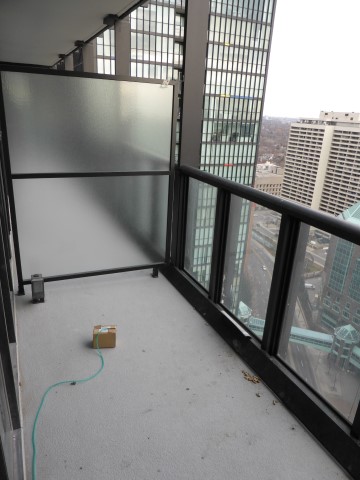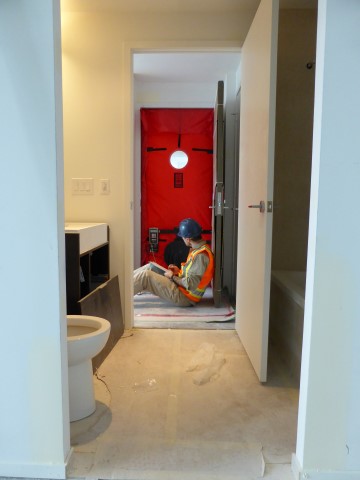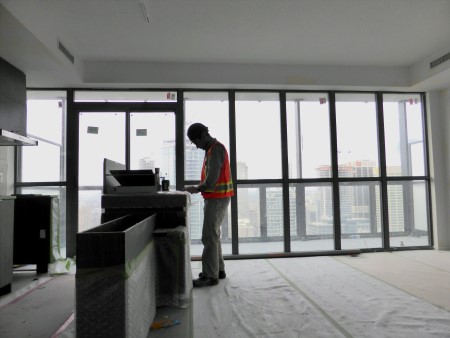Need LEED certification for your condo under EQ Prerequisite 2? We’ve got you covered!
If you’re not a smoker nothing’s more stressful that the smell of 2nd hand smoke in your home, especially if you’re trying to quit or have a young family. It’s one thing in a semi-detached home when you only have one neighbour to deal with, but imagine if you’re in a high-rise condo – depending on where your unit is located, you could have as many as 4 shared surfaces and as many as 8 adjacent units – so the potential for smoke getting into your unit is higher.
It’s for this reason that LEED certified residential buildings have more stringent requirements which severely curtail the potential of tobacco smoke from traveling unit to unit and they do this by requiring that every penetration between units is air sealed really well BEFORE THE DRYWALL GOES ON. The LEED Canada NC CS 2009 standard sets out specific testing that’s relatively easy test to do - when Mother Nature co-operates – especially for units above the 20th floor!
Because we’re measuring down to 1/10th of a Pascal, our incredibly sensitive micro-manometers require an experienced, steady hand to produce repeatable data. LEED allows either ASTM E779-03 Standard Test Method for Determining Air Leakage Rate by Fan Pressurisation or CAN/CGSB-149.10-M86 Determination of the Airtightness of Building Envelopes by the Fan Depressurization Method as a test method – both produce the same results and are equally stringent. Both test methods are sensitive to wind outside which can impact the quality of the test. Both test methods involve setting pressure taps on opposing sides of the building to neutralise the effects of wind as gusts typically hit the building at irregular intervals with varying intensity.

Setting the “tap” lines… to neutralize the wind’s pulsing effects on small pressure measurements. Here we see the hose’s end tucked into a box to dampen the gusts. Another tap like this is placed on the opposite side of the building.

With our new Duct Blaster, getting around the construction site is significantly easier than with the larger Model 3 fans.

